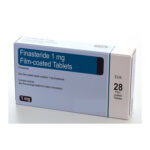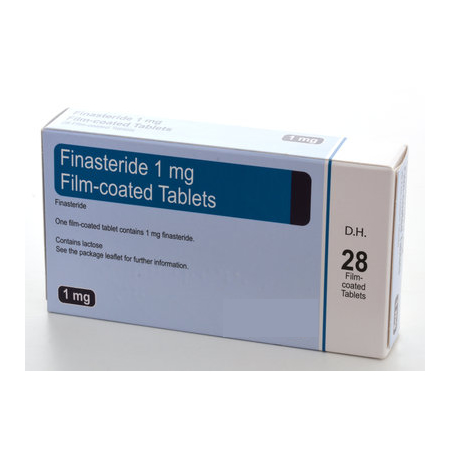Description
Ingredients in Finasteride
The active ingredient in these tablets is finasteride. The tablets also contain the following inactive ingredients:
- Lactose monohydrate
- Microcrystalline cellulose
- Pregelatinized starch
- Sodium starch glycolate
- Docusate sodium
- Magnesium stearate
- Hydroxypropyl methylcellulose
- Titanium dioxide
- Talc
- Iron oxide yellow (in some formulations)
Side Effects of Finasteride
Finasteride is generally well-tolerated, but some men may experience side effects, including:
- Decreased libido (sex drive)
- Erectile dysfunction (ED)
- Decreased semen volume
- Breast tenderness or enlargement (gynaecomastia)
- Rash
- Depression
Most side effects are mild and tend to diminish with continued use of the medication. However, sexual side effects, though uncommon, may persist even after stopping the medication in some men. If you experience any severe or concerning side effects, consult your doctor immediately.
Ingredients in Finasteride
The active ingredient in these tablets is finasteride. The tablets also contain the following inactive ingredients:
- Lactose monohydrate
- Microcrystalline cellulose
- Pregelatinized starch
- Sodium starch glycolate
- Docusate sodium
- Magnesium stearate
- Hydroxypropyl methylcellulose
- Titanium dioxide
- Talc
- Iron oxide yellow (in some formulations)
Side Effects of Finasteride
Finasteride is generally well-tolerated, but some men may experience side effects, including:
- Decreased libido (sex drive)
- Erectile dysfunction (ED)
- Decreased semen volume
- Breast tenderness or enlargement (gynaecomastia)
- Rash
- Depression
Most side effects are mild and tend to diminish with continued use of the medication. However, sexual side effects, though uncommon, may persist even after stopping the medication in some men. If you experience any severe or concerning side effects, consult your doctor immediately.
How Finasteride Works
Finasteride acts by blocking 5-alpha-reductase, an enzyme that converts testosterone into dihydrotestosterone (DHT). DHT is a powerful androgen that promotes the development of male traits while also being associated to prostate enlargement and hair loss. Finasteride reduces DHT levels, which shrinks the prostate in men with BPH and decreases hair loss in men with androgenetic alopecia.
How Finasteride Can Help You
- Treatment of Benign Prostatic Hyperplasia (BPH): Finasteride is commonly prescribed to men with an enlarged prostate to help reduce its size. This can alleviate symptoms such as difficulty in urinating, frequent urination, and the feeling of not being able to completely empty the bladder. By shrinking the prostate, finasteride can also reduce the need for surgery related to BPH.
- Treatment of Male Pattern Baldness: Finasteride is also used to treat hair loss in men by slowing down the process and, in some cases, promoting hair regrowth. It is most effective in men with mild to moderate hair loss, particularly at the crown and the middle of the scalp.
Why Do Men Not Take Finasteride
Some men choose not to take finasteride due to concerns about its side effects, particularly those related to sexual function, such as decreased libido, erectile dysfunction, and reduced semen volume. Although these side effects are relatively rare, they can be persistent in some cases, leading to hesitancy in using the medication. Additionally, since the benefits for hair loss only last as long as the drug is taken, some men may decide against long-term use.
Why Don’t Doctors Prescribe Finasteride?
Doctors may be cautious about prescribing finasteride for several reasons:
- Side Effects: Concerns about the potential for persistent sexual side effects, as well as other possible risks like depression, can lead doctors to consider alternative treatments.
- Prostate Cancer Risk: The slight increase in the risk of developing a high-grade form of prostate cancer may lead doctors to weigh the risks and benefits carefully, particularly in men with a family history of prostate cancer.
- Individual Patient Needs: For some men, particularly those with minimal hair loss or mild BPH symptoms, the potential risks of finasteride may outweigh the benefits, leading doctors to recommend other treatments or lifestyle changes instead.
In all cases, whether to prescribe finasteride is a decision made by the doctor based on an individual patient’s health profile, medical history, and concerns about potential side effects.



Reviews
There are no reviews yet.